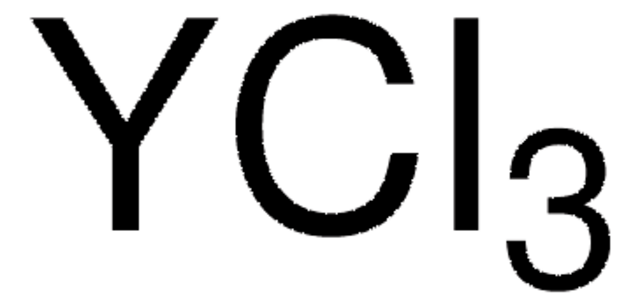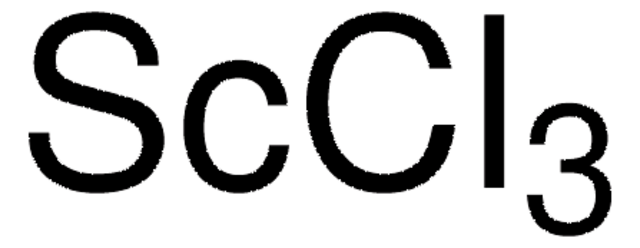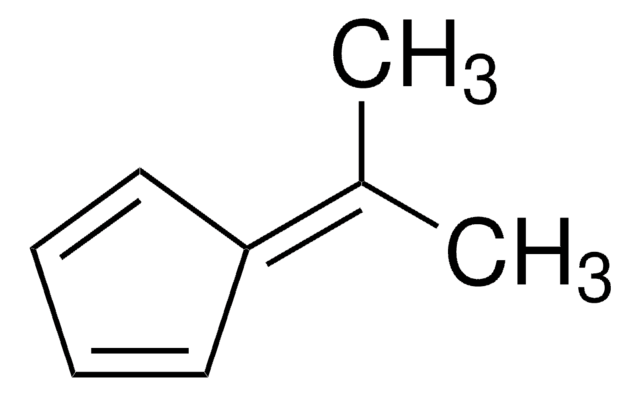211249
Boron trichloride solution
1.0 M in hexanes
Synonym(s):
Boron chloride, Trichloroborane
About This Item
Recommended Products
vapor pressure
16.13 psi ( 55 °C)
5.22 psi ( 20 °C)
form
liquid
reaction suitability
core: boron
reagent type: catalyst
concentration
1.0 M in hexanes
density
0.738 g/mL at 25 °C
storage temp.
2-8°C
SMILES string
ClB(Cl)Cl
InChI
1S/BCl3/c2-1(3)4
InChI key
FAQYAMRNWDIXMY-UHFFFAOYSA-N
Looking for similar products? Visit Product Comparison Guide
General description
Application
- A reagent in the synthesis of dichloroarylmethanes (geminal dichlorides) from aryl aldehydes.
- A Lewis acid for the preparation of syn chlorinated products by reacting aldehydes with α,β-unsaturated ketones in the presence of a Lewis base via Baylis–Hillman reaction.,·
- A catalyst to prepare (Z)-2-(1-trimethylgermyl-1-alkenyl)-1,3,2-dioxaborinanes by hydroboration reaction between 1-trimethylgermyl-1-alkynes with dichloroborane-methyl sulfide and 1,3-propane diol.
Signal Word
Danger
Hazard Statements
Precautionary Statements
Hazard Classifications
Acute Tox. 2 Oral - Acute Tox. 3 Inhalation - Aquatic Chronic 2 - Asp. Tox. 1 - Eye Dam. 1 - Flam. Liq. 2 - Repr. 1B - Skin Corr. 1B - STOT RE 1 Inhalation - STOT SE 3
Target Organs
Central nervous system, Nervous system
Supplementary Hazards
Storage Class Code
3 - Flammable liquids
WGK
WGK 3
Flash Point(F)
1.4 °F - closed cup
Flash Point(C)
-17 °C - closed cup
Personal Protective Equipment
Choose from one of the most recent versions:
Already Own This Product?
Find documentation for the products that you have recently purchased in the Document Library.
Customers Also Viewed
Our team of scientists has experience in all areas of research including Life Science, Material Science, Chemical Synthesis, Chromatography, Analytical and many others.
Contact Technical Service










